Tom Bennett brings us up to date with a step back in time for computer gamers.
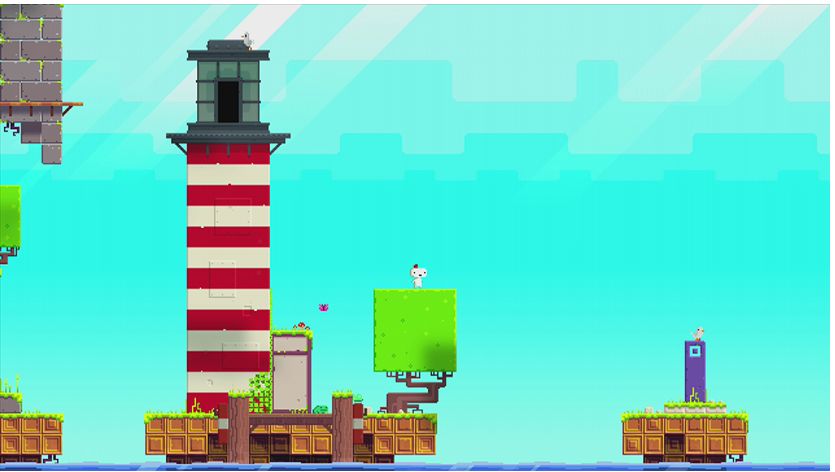
Fez, by developer Polytron, is a clever 2D/3D platformer that uses a beautiful 8-bit pixel art style to create bright and puzzle-filled worlds.
Games as a medium, as you might imagine due to their visual nature, have significant analogues with film. Every summer you get the usual slew of big cheesy action-packed summer blockbusters rushing into cinemas, but, perhaps slightly removed from the mainstream’s focus, there’s also smaller independent films that offer different perspectives and ideas – the same sort of divide can be found in the gaming world.
Much like independent films, independent games, or ‘indies’ as they are commonly known, have rejuvenated the idea of what games can be in the digital age. In a growing era of endless annualised multi-million dollar franchises with little innovation upon each subsequent iteration, indie games are often a breath of fresh air for those gamers who are looking for different and new experiences.
Lone Survivor, a fantastic horror game by Jasper Byrne, which uses grainy pixel art to create an unsettling and moody atmosphere.
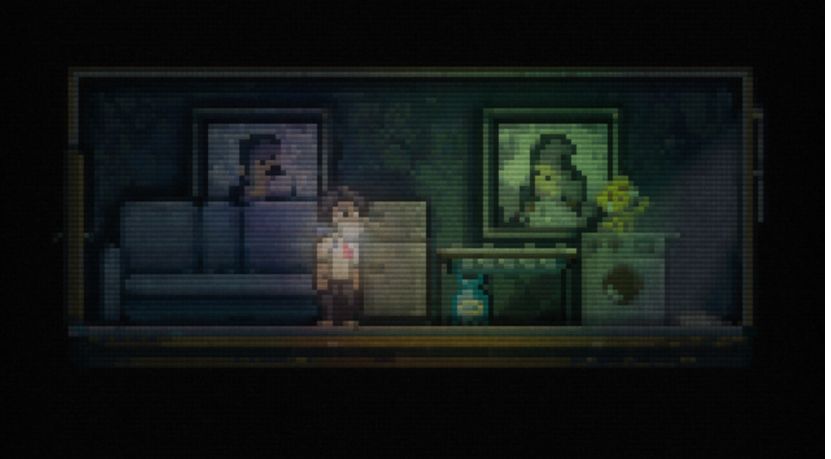
Lone Survivor, a fantastic horror game by Jasper Byrne, which uses grainy pixel art to create an unsettling and moody atmosphere.
As a lot of these indie developers when making their games are usually lacking the swollen budgets and extensive resources of the major development studios, a by-product of these imposed limitations has seen a resurgence in pixel art as a stylistic aesthetic choice in recent years. In a world of cutting edge graphics and processing power, with fans incessantly demanding more and more from their gaming machines, indie developers are choosing to use old school pixel graphics as an artistic statement.
Pixel art is the name given to the blocky graphical style often seen in old 8-bit video games from the 1980s, when Nintendo was storming America, and later the rest of the world with its popular NES, the Nintendo Entertainment System.
The ‘Lookers’ from Capy’s Super Time Force are perfect examples of pixel art – blocky and angular, and yet full of character.
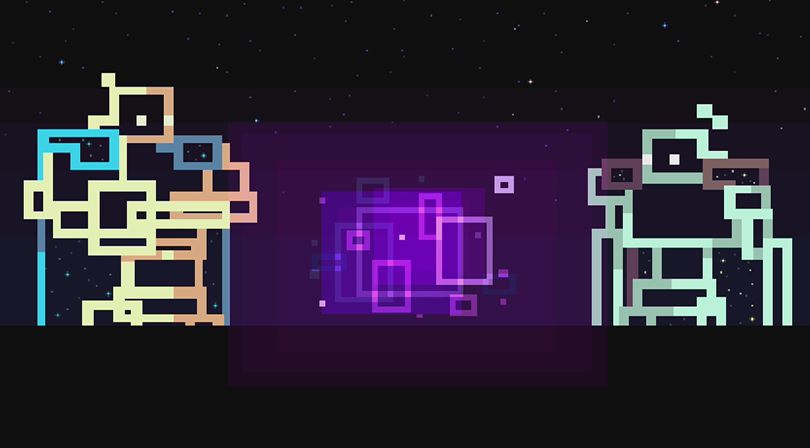
The ‘Lookers’ from Capy’s Super Time Force are perfect examples of pixel art – blocky and angular, and yet full of character.
A pixel is, in its simplest sense, ‘a minute area of illumination on a display screen, one of many from which an image is composed’. The word ‘pixel’ itself is a blend of ‘picture’ and ‘element’, and it’s basically the smallest adjustable piece of visual information on a screen. ‘8-bit’ refers to the 8-bit processor used in games consoles and arcades of the time, although the term 8-bit nowadays is often just used to refer to the graphical/musical style of the era.
Square in shape, and blocky by nature, the chunky pixel art of games such as the original Super Mario Bros and Lucas Arts’ classic adventure game The Secret of Monkey Island became iconic examples of video game pixel art.
The beloved The Secret of Monkey Island, LucasArts’ 1990 point and click adventure classic.
Of course, with the inevitable march of time comes greater improvements in computing technology and video game graphics. As technology progressed through the ’80s and ’90s, 8-bit lead to 16-bit, games started to go from 2D to 3D, and now we’re at a point where smartphones today can run games infinitely more demanding than anything on consoles in the 1980s, and realistic detailed HD graphics are usually par for the course for developers making games in the here and now.
However, 8-bit graphics have seen a growing resurgence in recent years thanks to a greater focus from the big publishers on indie developers with digital distribution platforms – essentially because video games are becoming more and more expensive to make.
Recent games like Mercenary Kings, and Super Time Force, by indie developers Tribute and Capybara respectively, focus on making classic pixel art style games with modern twists. Both studios have taken 8-bit art styles into the modern day with amusing and entertaining results.
Mercenary Kings – old school graphics, modern day fun.
The use of 8-bit stylized graphics instantly lends both of these games a nostalgic throwback to the old school games they were based upon (most notably 1987’s Contra), but they put clever spins on the traditional gameplay formulas they draw heritage from.
Empress using a zip-line in Mercenary Kings – the art style still manages to capture the intense action.
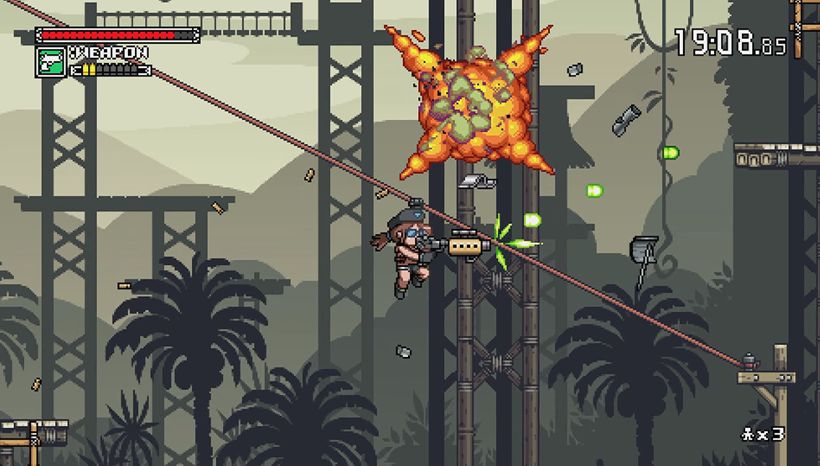
Empress using a zip-line in Mercenary Kings – the art style still manages to capture the intense action.
Mercenary Kings incorporates a detailed crafting system, allowing players to make new items from resources dropped by dead enemies, and a time-based reloading meta game – both of these features would have been unheard of in shooters back in the ’80s.
Super Time Force – 8-bit action with 30 characters all at once!
Super Time Force on the other hand utilises an intricate time-travel mechanic to let you go back and fight alongside past versions of yourself. It’s about as complicated as it sounds, and a mind-bending concept like that simply wouldn’t have been possibly back in the 8-bit heyday. The video below demonstrates just how stupid and fantastic the action can get.
Although the 8-bit era is long past, its legacy lives on in hearts and minds of developers and gamers to this day.
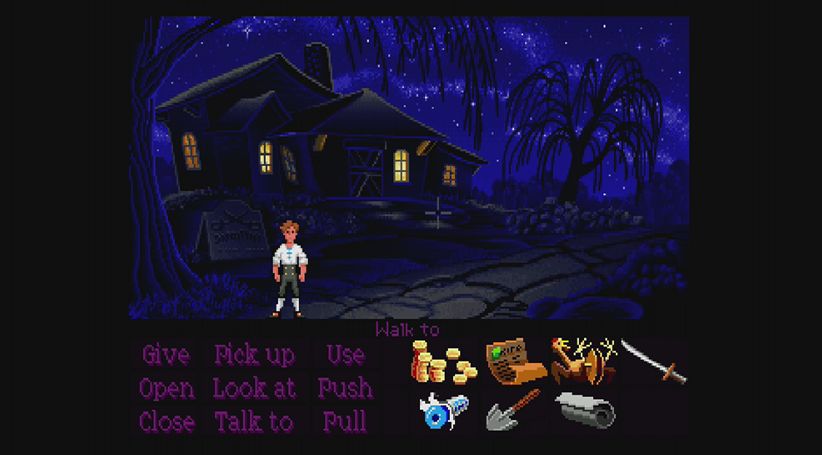
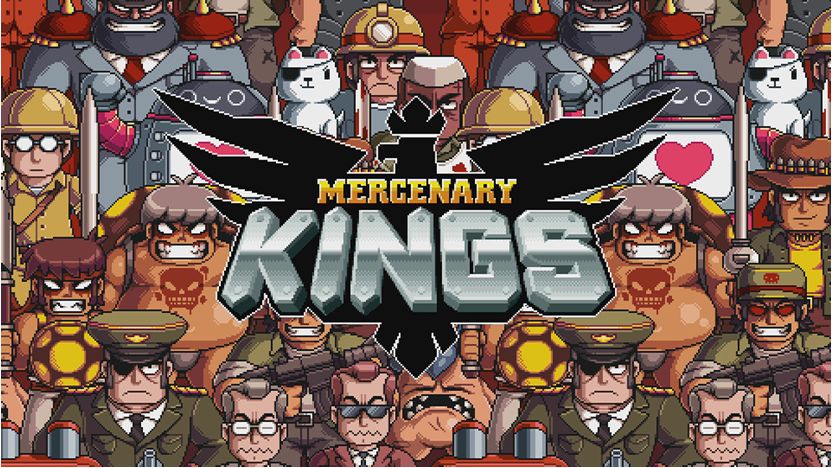
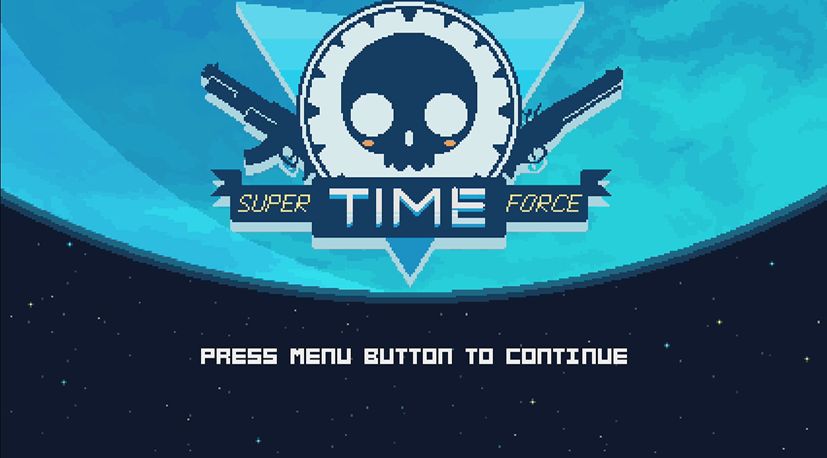


Pingback: Pixel Perfect – The Birmingham Press | Tom Bennett - Freelance Games Journalist